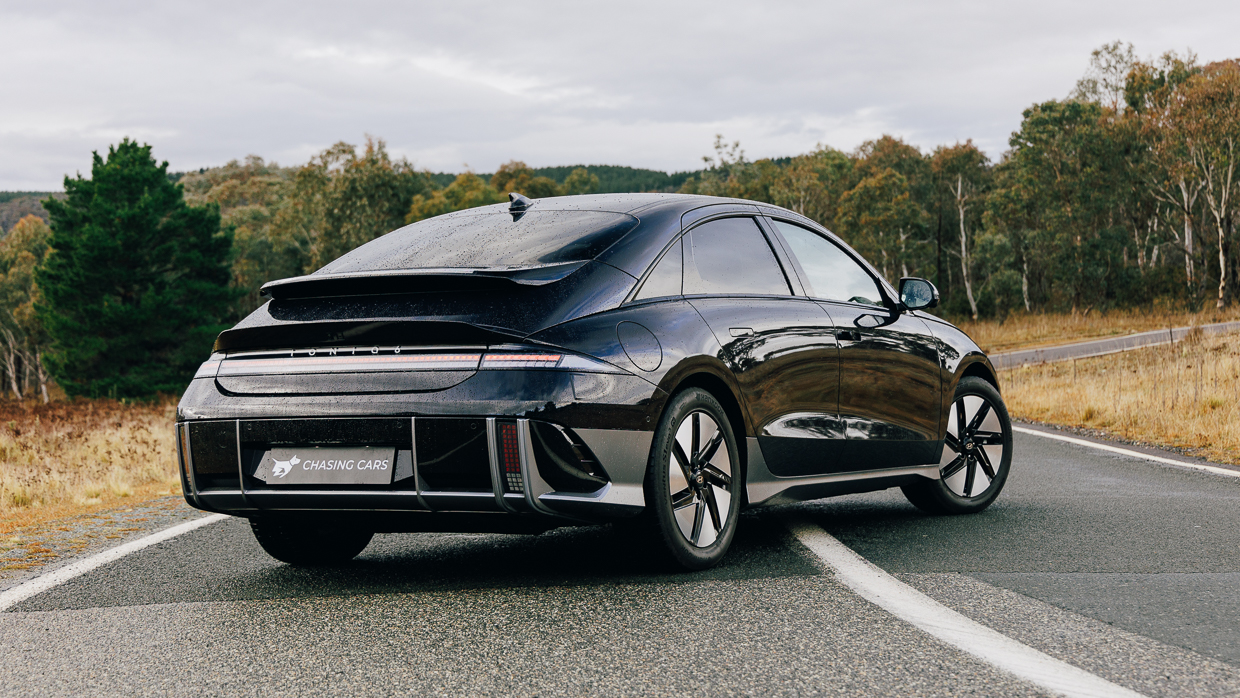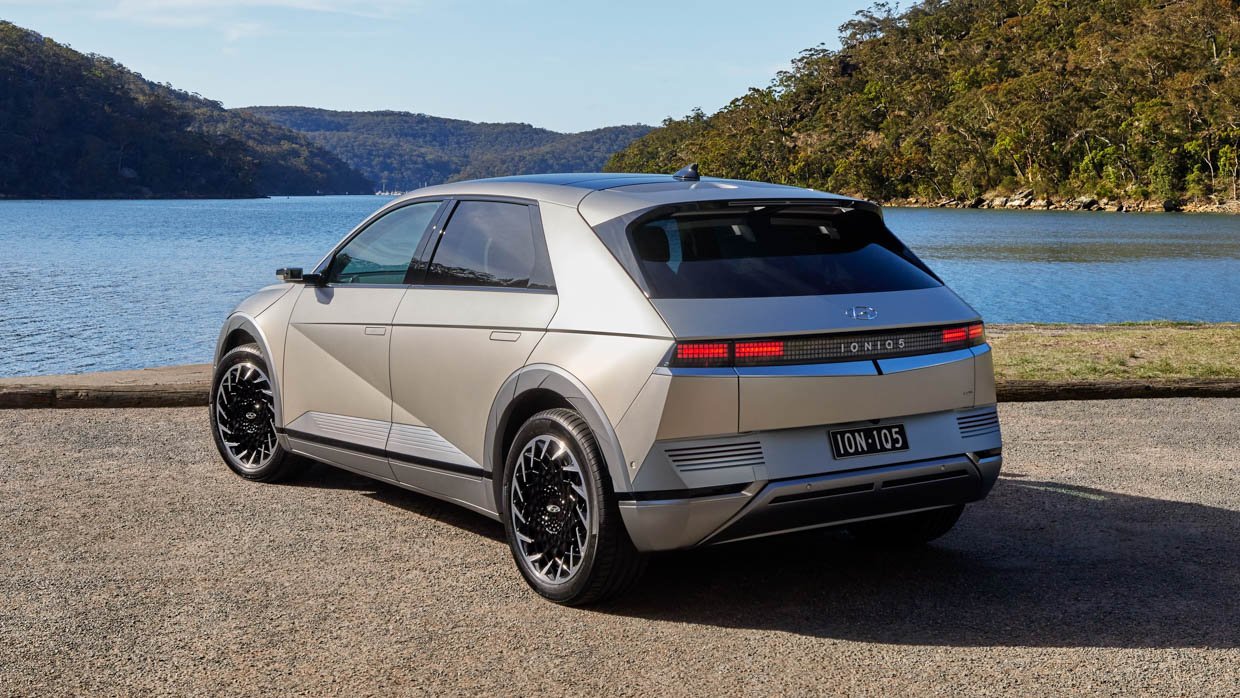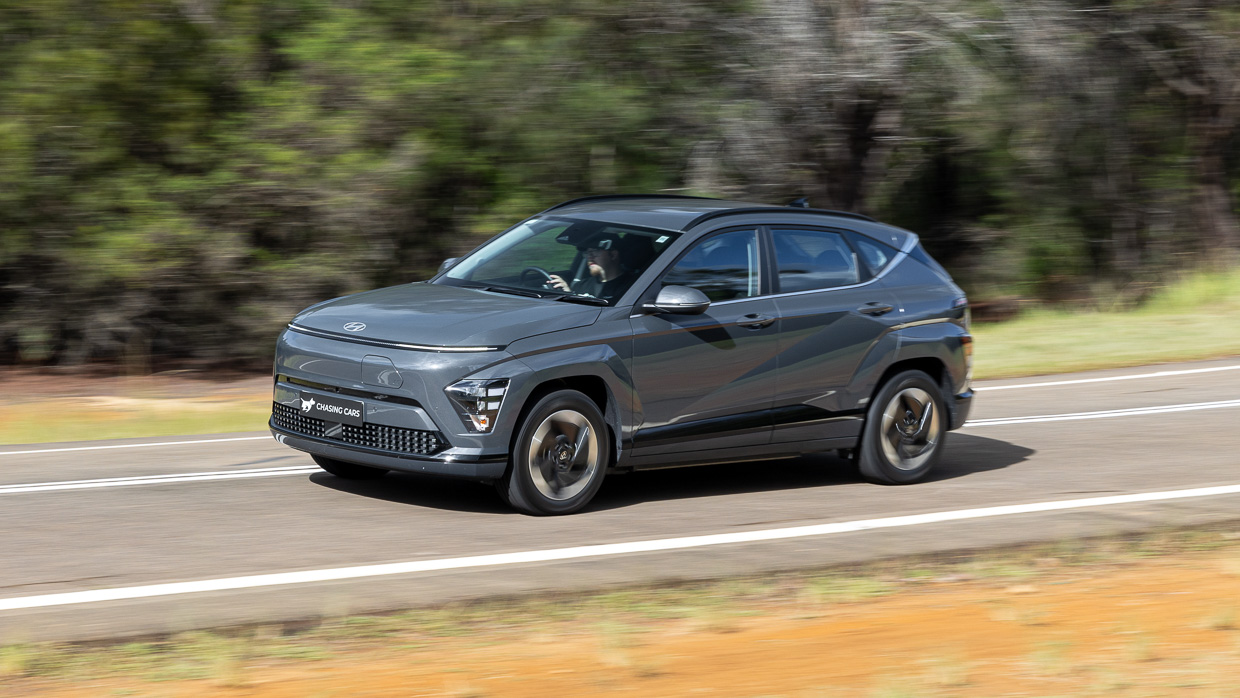GWM Tank 500: New 3.0-litre diesel engine to debut in Australia in 2026 to fight Toyota Prado, Ford Everst and Isuzu MU-X
1 week ago
GWM set to ratchet up the fight with Toyota with big new diesel set to be added to Tank 500 alongside emissions-friendly plug-in power
A larger-displacement four-cylinder turbo diesel engine in development by GWM will have its global debut in Australia “by mid-2026”, the conglomerate’s chief technology officer Nicole Wu says.
“A three-litre turbo [engine] is coming soon, and here is the kicker — our 3.0-litre Tank diesel model will make its global debut right here in Australia by mid next year,” Wu told media including Chasing Cars.

The decision to unveil the new engine in Australia is a boon for GWM’s local operations, with GWM global executives confirming Australia is a pillar of the Chinese conglomerate’s expansion strategy.
GWM is rapidly expanding powertrain options in Australia, with the all-new diesel joining a lineup that also includes petrol engines, plugless petrol hybrids (HEVs), plug-in hybrids (PHEVs), and battery EVs (BEVs).
While most brands are moving away from diesel engines, GWM says the expanding share of hybrid sales will create headroom under Australia’s New Vehicle Efficiency Standard (NVES) regime to continue selling diesel and petrol engines in future.
3.0-litre diesel to be sold alongside plug-in hybrid engines
The new 3.0-litre four-cylinder diesel engine will make its debut in the Tank 500 four-wheel drive, with the engine set to become GWM’s ‘premium’ diesel powertrain.

Meanwhile, a 2.4-litre diesel engine producing 135kW/480Nm is expected to continue doing duty in smaller GWM 4WD models including the Tank 300 and the standard-size Cannon ute.
“We know Aussies love diesel, and we have been perfecting it since 2002 with 24 years of know-how,” said Wu.
The Tank 500, a Toyota LandCruiser Prado rival, is currently offered in Australia with a 255kW/548Nm 2.0-litre turbo petrol/hybrid (HEV) engine, with a 300kW/750Nm 2.0-litre turbo petrol/plug-in hybrid (PHEV) option joining the line-up imminently.

GWM will rely on sales of the Tank 500 PHEV to balance out the model’s average emissions, though it expects the 3.0-litre diesel to sell very strongly in Australia — potentially necessitating the diesel to be more expensive than the PHEV over time.
Initially, however, GWM chief operating officer John Kett told Chasing Cars that the plan is to “let [the 3.0-litre diesel] run” before making any powertrain pricing adjustments to suit NVES requirements over time.
Both the PHEV and the new diesel are expected to generate considerable additional sales for the Tank 500, as sales performance with the HEV-only powertrain lineup has lagged well behind the Prado.
New diesel also expected for Cannon Alpha, V8 still in development
The large Cannon Alpha ute is also likely to receive the 3.0-litre diesel engine, where it will be sold alongside the existing PHEV version of the Cannon Alpha.

Performance of the new diesel engine is expected to be higher than the existing 2.4-litre’s 135kW/480Nm outputs, while also reducing fuel economy and CO2 emissions. In the Tank 300, the 2.4-litre consumes 7.8L/100km in ADR combined testing.
While the 3.0-litre engine is likely to be the largest capacity diesel GWM will offer for the foreseeable future, development work continues on a 4.0-litre petrol V8 powertrain that is under consideration for Australia.
The V8 may be teamed with a hybrid system to make its emissions more manageable, and GWM has foreshadowed a “military-grade” super off-road model will be revealed soon. That 4WD may be the debut platform for the V8 engine.

Under NVES, carmakers that sell too many high-CO2 vehicles (such as pure diesel and petrol models) are penalised — but NVES penalties can be balanced out with credits effectively generated by the sale of EVs and PHEVs.
“GWM is well positioned not just to cope with but to thrive in this new era,” said GWM Australia head of marketing Steve Maciver.
GWM’s sales of PHEV models under its Haval, Tank and Cannon lineups, as well as BEVs under the Ora brand, are expected to put it into NVES credit territory.
Up to $34,000 Hyundai electric car discounts challenging BYD Seal, Tesla Model Y, MG4, and more
1 week ago

Lukas Foyle
Contributor
New and existing Hyundai electric models have received huge price reductions to clear stock
Hyundai has slashed electric car prices by up to $34,000 for existing 2023 stock, and up to $9700 for new electric models, effective immediately.
The greatest price reductions apply to existing pre-facelift MY23 Ioniq 6 models. Starting with the Ioniq 6 Dynamic, reduced from $77,554.02 to $49,990 drive-away – a saving of $27,564.02.

The MY23 Ioniq 6 Techniq has been slashed from $88,579.02 to $54,990 drive-away (save $33,589.02), while the range-topping Epiq sees a reduction of $34,142.02 – now just $59,990 drive-away (was $94,132.02).
Now two years old, MY23 Ioniq 6 models contend with China-made mid-size rivals including the ever-popular Tesla Model 3 ($54,900), BYD Seal ($46,990) and Polestar 2 ($62,400).
Hyundai has additionally confirmed it will reduce the price of select small electric vehicles, with reductions of around $9,780 applying to new stock effective now until otherwise stated.

Savings begin with the Hyundai Inster. The Standard Range has been reduced by over $3300, Extended Range by beyond $3900, and range-topping Cross cut by a little more than $3500. These models are now priced from $39,990, $42,990, and $45,990, respectively (all drive-away).
That model is now more competitive with Chinese compact electric models, predominantly the $38,990 MG4, and $29,990 BYD Dolphin – Australia’s cheapest electric vehicle.
Both prices above are before on-roads.

Hyundai’s second largest price reduction on new stock will apply to the Kona Electric, reduced to $49,990 drive-away in Standard Range guise (a saving of $9,189.02), while the largest price reduction applies to the Ioniq 5 Standard Range – reduced by $9,779.02, now $65,990 drive-away.
The Kona Electric rivals the BYD Atto 3 ($39,990) and $40,490 MG S5 (both prices before on-road costs) while the Larger Ioniq 5 is a competitor to Australia’s most popular electric cars, the Tesla Model Y ($58,900), BYD Sealion 7 ($54,990) and Kia EV5 ($56,770, prices listed before on-road costs).
The huge cuts to new and existing electric vehicle stock will aid Hyundai in securing much needed NVES credits, as the company prepares for even tighter emissions regulations to roll out in 2026.

Currently, vehicle manufacturers are penalised for each gram of CO2/km produced over a set limit of 141g/km for Type 1 vehicles (passenger cars) or 210g/km for Type 2 vehicles (light commercial vehicles).
These limits will tighten further in 2026 – 117g/km for Type 1, and 180g/km for Type 2.



